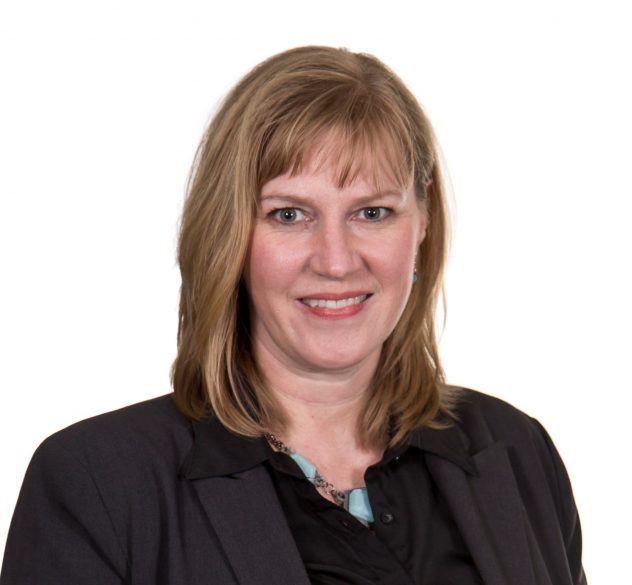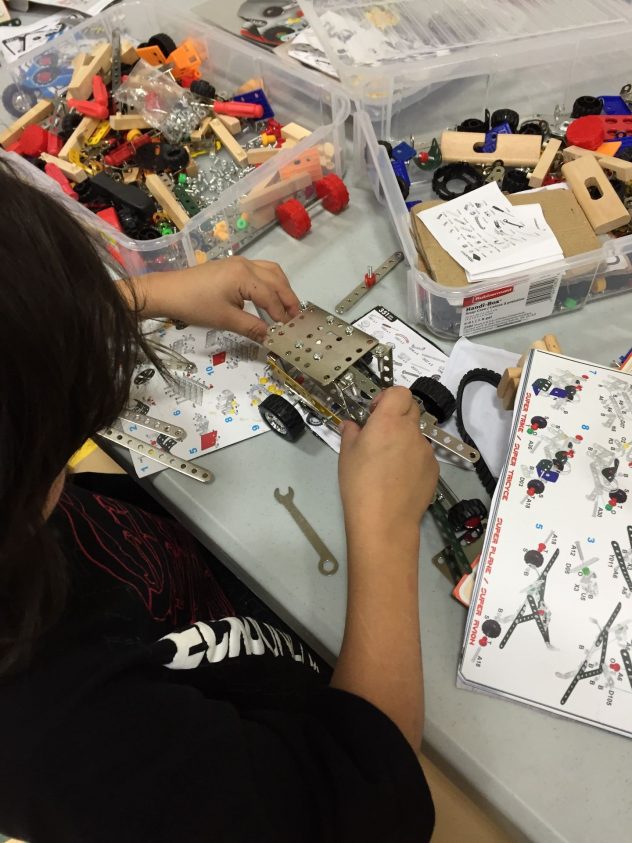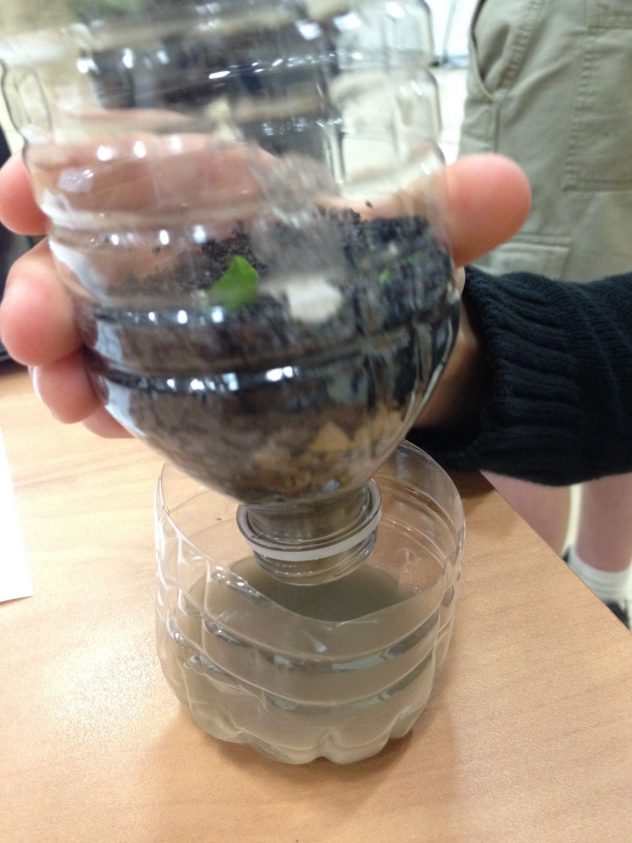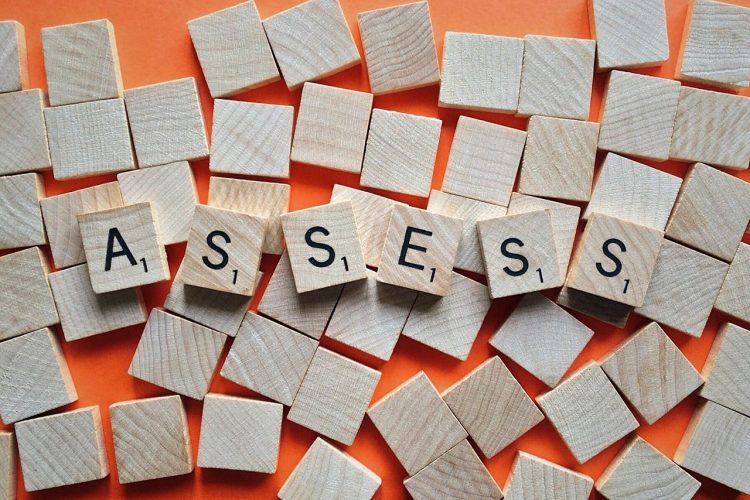 By Katie White (Educational consultant, Author, Assessment Associate, & Art Instructor)
By Katie White (Educational consultant, Author, Assessment Associate, & Art Instructor)
In an earlier blog post, I discussed the necessity of assessment to propel imagination and creativity forward. I made the case that assessment, imagination, and creativity cannot live in isolation from each other. Rather, each makes the other better.
“…the most successful individuals today are those who have the ability to reflect-those who are aware of what they know, recognize that what they know is always subject to change, and have the ability to undo and relearn knowledge.” (Hall & Simeral, 2015, p. 47)
The critical aspect of assessment that nurtures imagination and creativity is a relentless commitment to placing decision-making in the hands of learners. Until our students hold responsibility for exploring, elaborating, curating, expressing, and reflecting on their own ideas, they will not move beyond imagining what they think we want them to imagine or creating what they hope will satisfy us. Students need the opportunity to experience the effects of decisions that move them toward personally meaningful goals and those that move them away from them. They need room to take risks, try on ideas, and stretch their current worldview. This can only happen when they hold as many of the cards as possible.
It is for this reason that self-assessment is the currency of imagination and creativity. Self-assessment can invite students to determine priorities, articulate criteria for success, reflect on past outcomes, and make decisions about future actions.
Self-assessment emerges from deep investment and it establishes the right conditions for imagination and creativity to grow.
In order for self-assessment to live authentically inside imaginative, creative spaces, important conditions must exist. We might remember these conditions as 6Ps: Purpose, Punctuate, Prompt, Pause, (No) Praise, and Patterns. When we nurture these six conditions, the self-assessment that invites imagination and creativity can flourish.
Purpose
First, self-assessment flows naturally out of a strong purpose. Purpose can be the same thing as having specific learning goals but it can also mean having an intention: the intention to create; the intention to explore; the intention to feel; the intention to wonder. When humans have personal goals or intentions, they become invested in the outcome they desire. The moment they invest, they begin to self-monitor and self-regulate in order to move in the direction of their intention or goal. We are then free to focus on helping them find the language they need to express their hopes and dreams (criteria setting, action planning). We can scaffold processes that invite them to voice their reflections and plan future decisions.
Punctuate
 Another important step in building strong self-assessment is to punctuate student exploration and learning with specific opportunities to see the decisions they are making in a very visible way. This process is sometimes called documentation or making thinking visible. Photographs, video clips, observations, journal reflections and learning artifacts (rough drafts, planning tools, etc.) are just some ways to document the processes students are employing and the choices they are making. Inviting students to stop and reflect at regular intervals (in other words, punctuating their exploration with reflection) will help them remember choices they have made and relate these choices and the ensuing outcomes to their intentions or goals.
Another important step in building strong self-assessment is to punctuate student exploration and learning with specific opportunities to see the decisions they are making in a very visible way. This process is sometimes called documentation or making thinking visible. Photographs, video clips, observations, journal reflections and learning artifacts (rough drafts, planning tools, etc.) are just some ways to document the processes students are employing and the choices they are making. Inviting students to stop and reflect at regular intervals (in other words, punctuating their exploration with reflection) will help them remember choices they have made and relate these choices and the ensuing outcomes to their intentions or goals.
Prompts
As we invite students to reflect on their processes and, eventually, their products or performances, we can deepen their thinking through our use of well-designed prompts. We can help them to reflect in powerful ways as opposed to defaulting to judgement (ex. I hate this drawing; I am terrible at games; I want to quit), which can sidetrack creativity and imagination very quickly. Instead, we can ask questions like: What helps you get ideas? What images come to mind? What are you trying to figure out? What turned out exactly as you imagined? These kinds of prompts move students to consider their own creative processes and connect this work to imagination. (These tools of imagination are great prompts!)
Pause
Perhaps the greatest gift to self-assessment is time. Letting students pause long enough to document their thinking, to reflect on their efforts, and to respond to their self-determined needs will make the self-assessment process genuine and purposeful. Further, walking alongside our learners as they engage in these processes allows us to help students who need extra support. We can build feedback and targeted instruction into self-assessment processes to ensure that, in those instances when students are lacking skills or understanding that will contribute to their success, we are there to help. Building time for self-assessment into our lesson plans will help our learners develop their imaginations and creativity in meaningful ways. Creativity and imagination are neither linear nor neat and tidy. Having time to follow the road less travelled is a gift for the best kinds of learning.
(No) Praise
 It is very tempting to shower students with praise when we see them taking risks and working through creative processes. We may think we have no right to critique their efforts because creative, imaginative learning is subjective. Perhaps, we worry that if we do anything but praise them, their confidence in the choices they are making will crumble. However, multiple studies have demonstrated the devastating effect of external rewards on creative outcomes (Sawyer, 2006, p. 85). Praise can shift learning away from exploration, toward the search for even more praise. When we feel tempted to praise a student, we might honour their thinking and actions by instead saying, “Tell me more about this.” When students share their processes and decisions, as well as their products and performances, their creative efforts receive the attention they deserve and students remain in the driver’s seat.
It is very tempting to shower students with praise when we see them taking risks and working through creative processes. We may think we have no right to critique their efforts because creative, imaginative learning is subjective. Perhaps, we worry that if we do anything but praise them, their confidence in the choices they are making will crumble. However, multiple studies have demonstrated the devastating effect of external rewards on creative outcomes (Sawyer, 2006, p. 85). Praise can shift learning away from exploration, toward the search for even more praise. When we feel tempted to praise a student, we might honour their thinking and actions by instead saying, “Tell me more about this.” When students share their processes and decisions, as well as their products and performances, their creative efforts receive the attention they deserve and students remain in the driver’s seat.
Patterns
Finally, self-assessment serves creativity and imagination best when it invites students to see patterns within and between creative work. We want our students to see how their choices and decisions along the way developed their overall vision. We then want them to reflect on what they would repeat if given the chance. Which processes led to a certain outcome and which did not? Which aspects of their creative process are worth repeating again? What conditions best support their imaginations? Answering these questions allows our learners to develop habits or patterns that support their creative, imaginative output. This is the richest benefit of strong and consistent self-assessment.
When we believe assessment is an integral part of creativity and imagination, we can focus on trying to nurture conditions to support the kinds of assessment that do this the best. Self-assessment is one such kind of assessment. Creativity and imagination are deeply personal processes and ownership over the decisions made in service of these things must rest with our learners. Strong self-assessment works hand-in-hand with the autonomy that underlies creative expression. When we have strong self-assessment, creativity and imagination can flourish!
References
Hall, P. & Simeral, A. (2015). Teach, Reflect, Learn: Building Your Capacity for Success in the Classroom. Alexandria, VA: ASCD.
Sawyer, R.K. (2006). Explaining creativity: The science of human innovation. New York: Oxford University Press, Inc.

